Cove is actively dedicating resources to make our site, and our community, more accessible. While we make changes, if you need any assistance accessing the information on this site, please contact us at 855.268.3669 or support@covesmart.com. For those who are deaf or hard of hearing or who do not use voice channels to communicate, please contact us via email or via 711 or other relay services. If you have any feedback or suggestions as to how we could improve the accessibility of our website, please contact us at accessibility@covesmart.com. Please be aware that our site may contain links to other websites, the accessibility of which is not under our control. Please contact us if you run into any difficulties with these sites, and we will do our best to help you.
Accessibility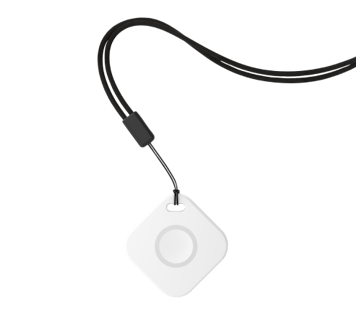
Help is a tap away with our panic button.
Get the help you need when you need it the most with our panic button. All you'll need to do is press and hold the button for 2 seconds and the authorities will be on their way.
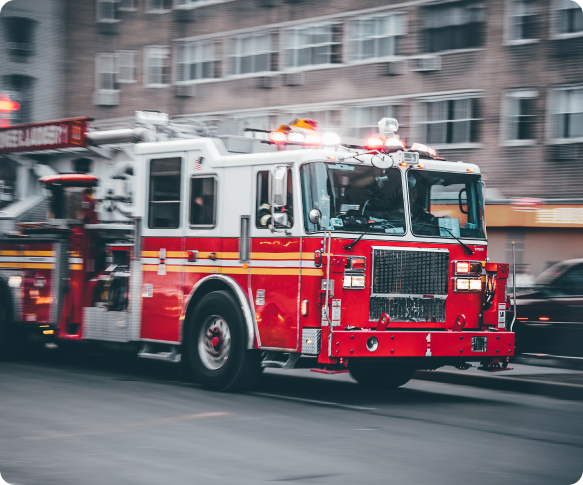
We’re only minutes from your home.
Fast emergency response times are crucial for an effective security system. With Cove's panic button, we'll send your location to dispatchers digitally, cutting response times by 3-4 minutes.
More freedom. Less worry.
Our panic button enables you to spend less time worrying about your loved ones, giving both you and them the freedom you deserve.
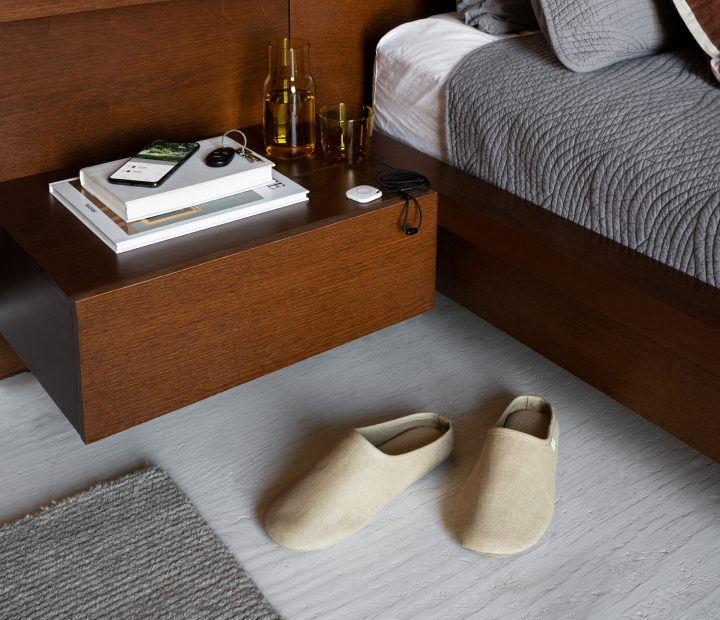
Alerts rolled into your security system.
With the combination of your panic button and your alarm panel, you and your loved ones will be protected with 24/7 connection to our professional monitoring team.
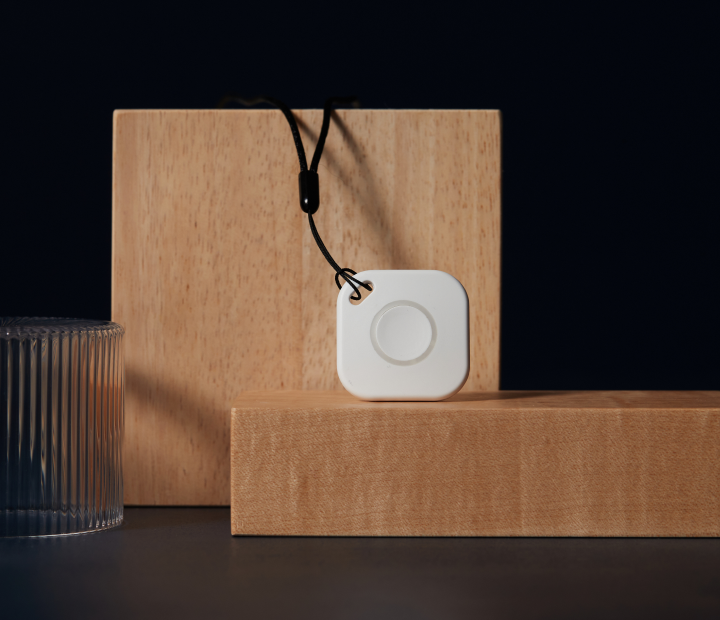
Protect your loved ones.
When you're taking care of a loved one, it's important to know you can get help when you need it. When your panic button is pressed, we'll contact both you and the authorities to send help to your home.
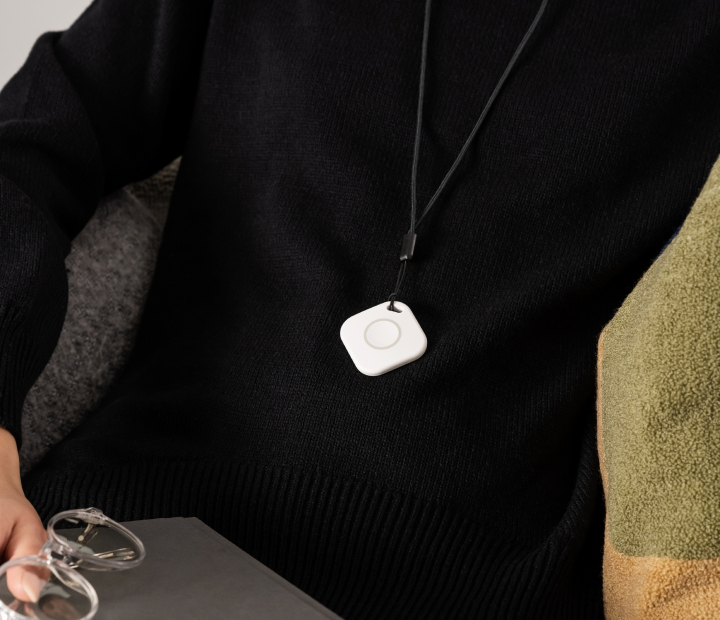
Easy to carry. Easy to use.
In an emergency, a misplaced cell phone shouldn't add to your worry. Our panic button is designed for simplicity and ease of use. Just wear it like a necklace until you need help, then press the button.
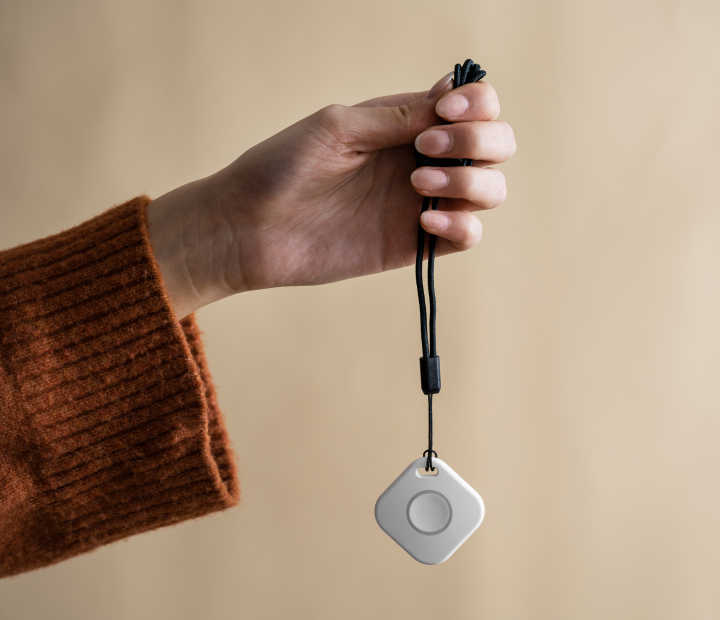
Monitored by professionals.
Our team of professional monitoring agents are trained to respond to any kind of emergency, including medical ones. Once you've pressed your panic button, we'll reach out to the authorities on your behalf, and we'll contact you so you can get peace of mind instantly.

Technical Specifications
Real people. Real experiences.

I've been with Cove for 3 years now and they been great, never had any problems with them, any issues I've had they always helped me out. Over all I'm well pleased with the service they provide

Great system for a great price! Easy installation and makes us feel very safe.

Best decision we made since buying our dream home! Love the customer service, HIGHLY RECOMMENDED!

I've been with Cove for 3 years now and they been great, never had any problems with them, any issues I've had they always helped me out. Over all I'm well pleased with the service they provide

Great system for a great price! Easy installation and makes us feel very safe.
Have a question?
Reach out to our friendly customer support team!
